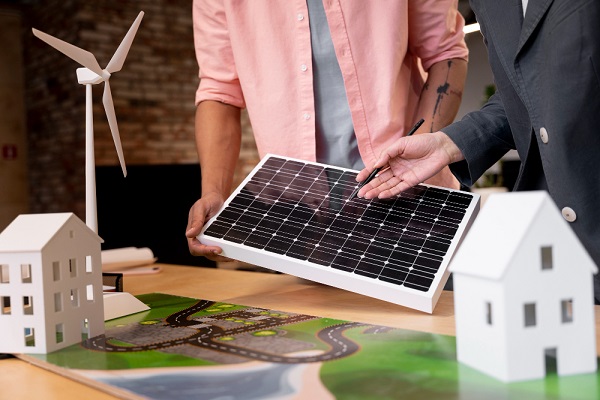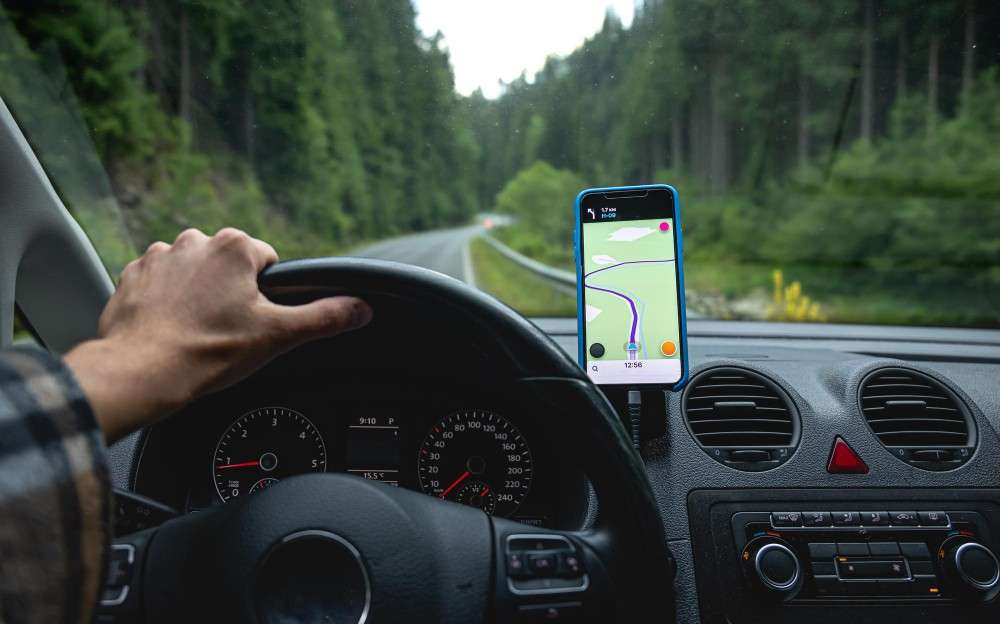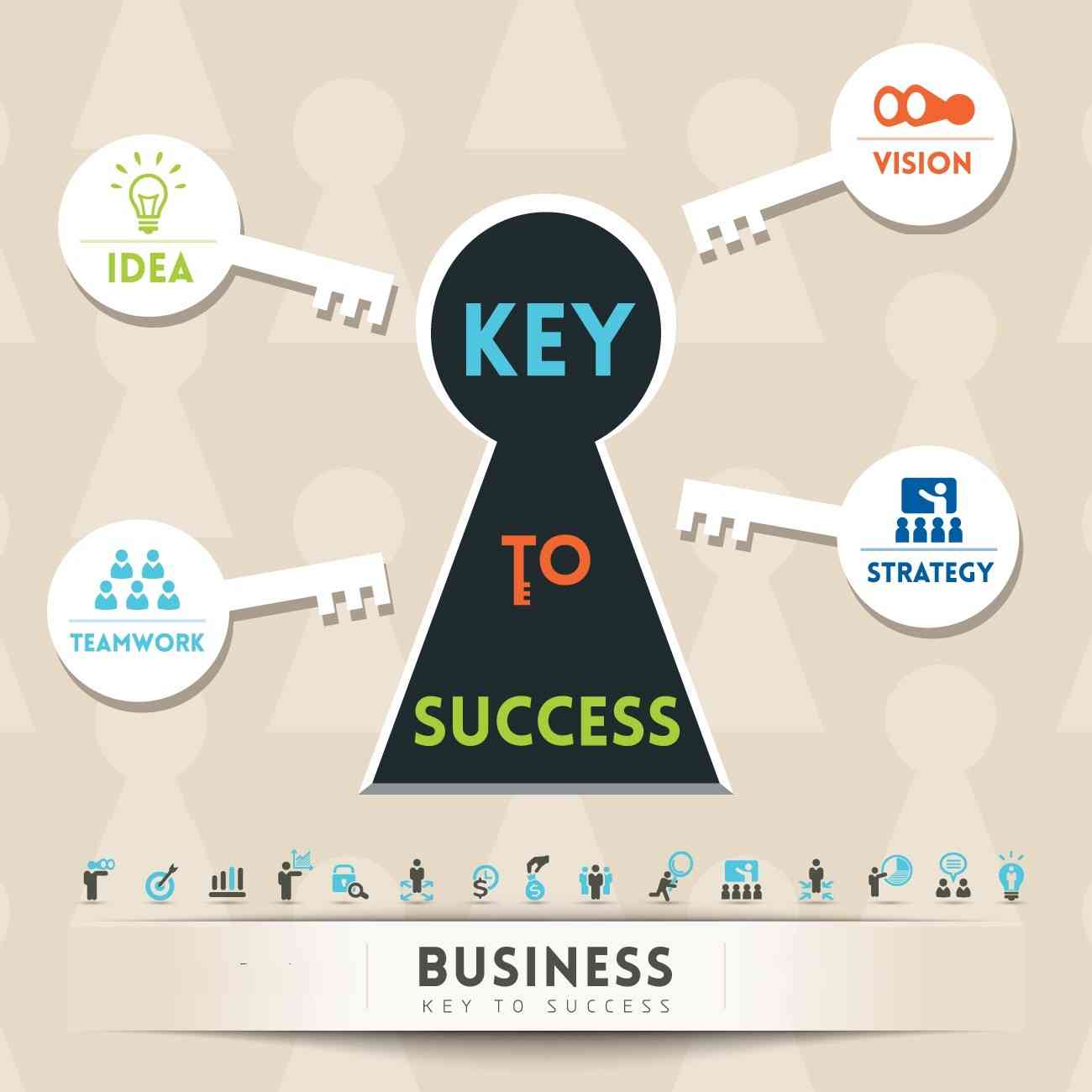The world today is confronted with a considerable challenge: climate change. As temperatures rise, glaciers melt, small island nations disappear, and extreme weather events make headlines, they remind us that we must act. To push back against this, several countries and companies are striving for a net-zero future — a world in which the quantity of greenhouse gases we put into the atmosphere is offset by the amount we remove.
Technology has a lot to do with enabling this. Discoveries allow us to generate clean energy, manage waste, and lead a more sustainable life. Here we take a look at the top 10 green technologies that are driving the net-zero future.
Solar Power
How Solar Panels Work Solar panels absorb sunlight and convert it to electricity. Solar power is booming with the plummeting costs and increasing efficiency, making it one of the most popular renewable energy sources today. Rooftop panels and towering solar farms are reducing reliance on coal and gas.
Wind Energy
Wind turbines transform the wind into clean energy. Worldwide, onshore and offshore wind farms are increasing rapidly. Offshore wind, in particular, holds enormous potential because winds are stronger at sea and blow more consistently.
Green Hydrogen
Hydrogen is a clean-burning fuel, but only if you're okay with producing it without using any fossil fuels. Green hydrogen, which is manufactured using renewable power, could one day power industries, heavy vehicles and perhaps even airplanes. It's viewed as a game-changer for sectors that are difficult to electrify.
Electric Vehicles (EVs)
Electrified vehicles, from cars to buses and trucks, replace petrol and diesel vehicles. EVs help reduce air pollution and greenhouse gases, especially when using renewable power. Battery technology is advancing rapidly, resulting in more affordable and capable EVs.
Carbon Capture and Storage (CCS)
Some sectors, such as cement and steel, continue to pump out a lot of carbon dioxide. This carbon can be captured using carbon capture and storage (CCS) technology before it is released into the atmosphere and stored underground. It also helps reduce emissions from industries that can't entirely shift to renewable power.
Smart Grids
The sun's not always shining, and the wind's not always blowing, so traditional grids can't necessarily handle a whole lot of renewable energy. Smart grids continuously equalize power supplied and power used and minimize waste.
Energy Storage Systems
And batteries and other storage technologies enable us to store surplus energy generated from renewables and draw it when demand is high. Large-scale storage is the missing link in constructing a stable, reliable, green energy system.
Waste-to-Energy
Its technology allows waste to be converted to electricity, heat or fuel. Rather than allowing waste to accumulate in landfills, it becomes valuable energy. This reduces pollution and gives us another way to generate sustainable power.
Vertical Farming
Agriculture is a significant emitter, yet new farming practices are making a difference. Growing more food in less space, with less water, land and pesticides, in a controlled environment, is vertical farming. If powered by renewable energy, it's a more environmentally friendly way to feed growing populations.
Green Building Technologies
Buildings consume large amounts of energy for heating, cooling and lighting. Green technology—such as bright lighting, energy-saving appliances and eco-friendly building materials — leads to less energy consumption. Some structures even produce their own solar power, nearly becoming self-sufficient.
Why These Technologies Matter
Each is a plant that includes a piece of the climate challenge. Altogether, they make a powerful kit for reducing emissions, saving resources, and making the planet healthier. But technology by itself is not sufficient. Governments, businesses, and individuals must embrace and implement these solutions to set the world on a path to net-zero.
Conclusion
The path to net-zero is difficult, but it is achievable. Solar power, wind power, green hydrogen, EVs, and other innovations give us a smarter path forward. By harnessing these technologies, we can save the planet for future generations and develop a world where expansion and sustainability walk side by side.
It's a green future, the die is cast, and the technologies are taking us there.
-black.png)










